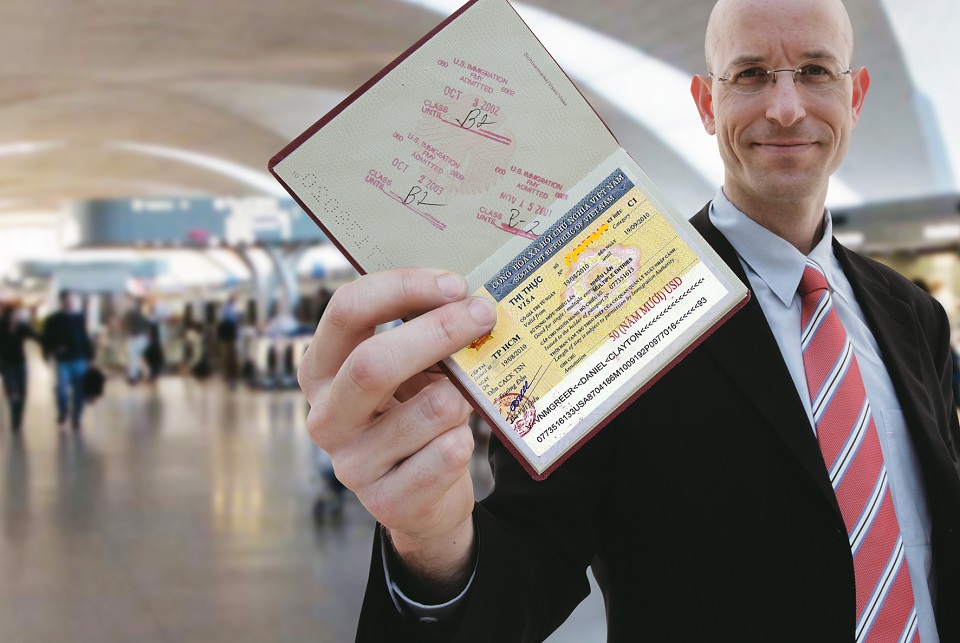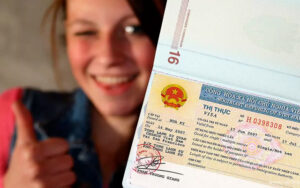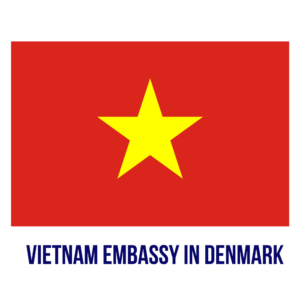Table of Contents
Essential Visa and Entry Requirements for Danish Citizens Traveling to Vietnam
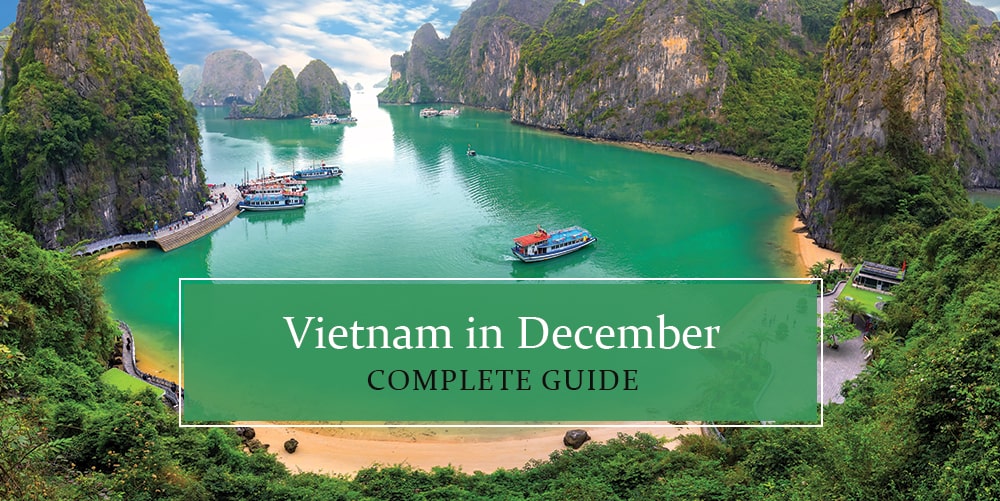
Before setting foot in Vietnam, Danish travelers must navigate the country’s visa policies to ensure a smooth entry. Unlike some European destinations where visas are waived for short stays, Vietnam requires most foreign visitors—including Danes—to obtain prior authorization.
Understanding Vietnam’s Visa Options
Vietnam offers multiple visa pathways, each catering to different travel needs. The E-visa is the most straightforward, permitting a 30-day single-entry stay and accessible via an online application. Processing usually takes 3-5 business days, but delays can occur during peak seasons.
For those preferring flexibility, the Visa on Arrival (VOA) is an alternative, though it requires an approval letter procured through a Vietnamese agency. While cost-effective, VOAs involve queuing at airports—a hassle after a long flight.
For extended stays or multiple entries, applying at a Vietnamese embassy (such as Berlin or Copenhagen) is advisable. Double-check requirements, as some consulates demand additional documentation like invitation letters.
Passport Validity and Entry Protocols
A common oversight is passport expiration. Vietnam mandates passports be valid for six months beyond the departure date. Overlooking this could result in denied boarding or deportation.
Additionally, immigration officers may request proof of onward travel (e.g., a return ticket) and accommodation details. While enforcement varies, having digital or printed copies avoids complications.
Health Declarations and COVID-19 Updates
Post-pandemic, Vietnam has relaxed most restrictions, but health declarations may resurface during outbreaks. Monitor official sources like the Vietnamese Ministry of Health for updates. Travel insurance covering medical emergencies is highly recommended—local hospitals in rural areas lack Nordic standards.
Vietnamese Culture and Customs: A Guide for Respectful Danish Travelers
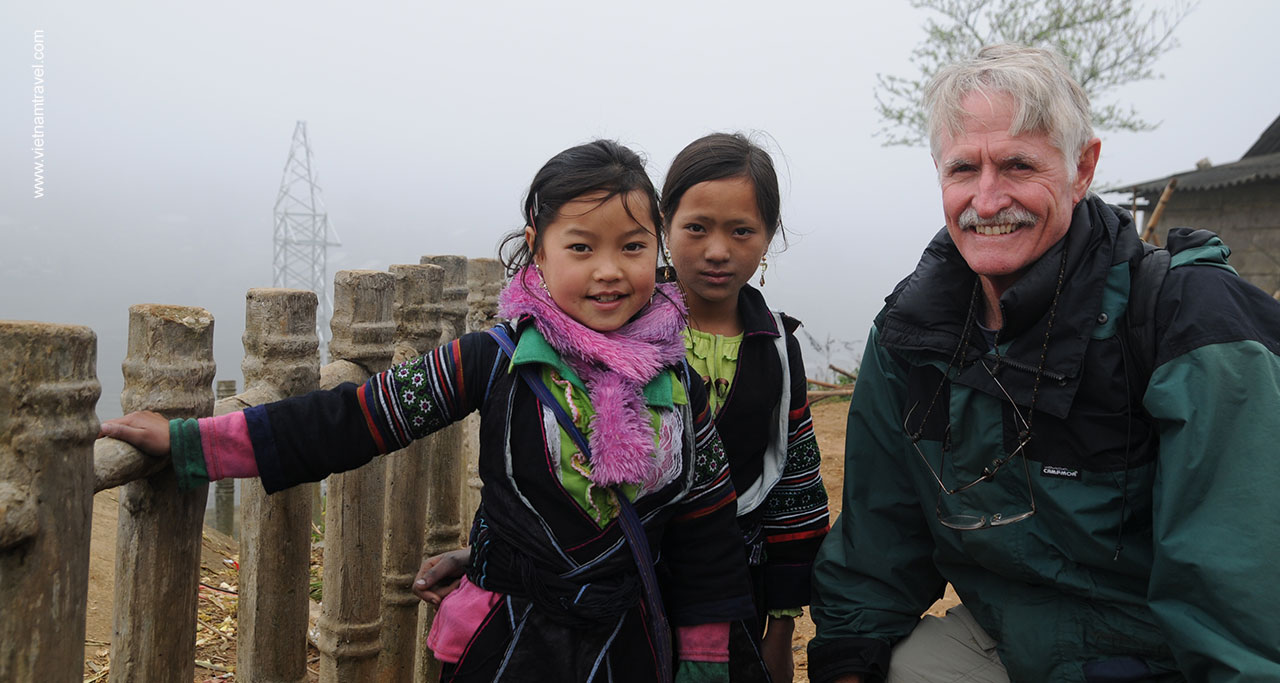
Vietnam’s social fabric is woven with Confucian values, Buddhist traditions, and colonial influences. For Danes, adapting to these norms fosters deeper connections and avoids unintended offense.
Dress Code and Religious Sensitivity
While Vietnam is relatively liberal, modesty matters at sacred sites. Shoulders and knees should be covered in pagodas like Hanoi’s Temple of Literature. Removing shoes before entering temples is non-negotiable—carry slip-on footwear for convenience.
In daily life, casual attire is acceptable, but avoid overly revealing clothing in rural areas. Danes might find the humidity oppressive, but lightweight, long-sleeved fabrics offer sun protection while respecting local sensibilities.
Communication Styles and Non-Verbal Cues
Vietnamese communication leans indirect. Open disagreement is rare to preserve “face”—a concept akin to social dignity. Danes, accustomed to directness, should temper critiques with diplomacy.
Non-verbal missteps are common. Pointing with fingers is rude; use an open hand instead. Feet are considered unclean—never gesture with them or rest them on furniture facing others.
Gift-Giving and Dining Etiquette
Gifts symbolize goodwill but require finesse. Present items like Danish chocolates or fruit with both hands—a sign of respect. Avoid black or white wrapping (colors associated with mourning).
At meals, wait to be seated. Chopstick taboos include leaving them upright in rice (reminiscent of funeral rites). Try local delicacies like pho enthusiastically—it’s a gesture of appreciation.
Navigating Vietnam: Transportation Options and Safety Tips for Danes
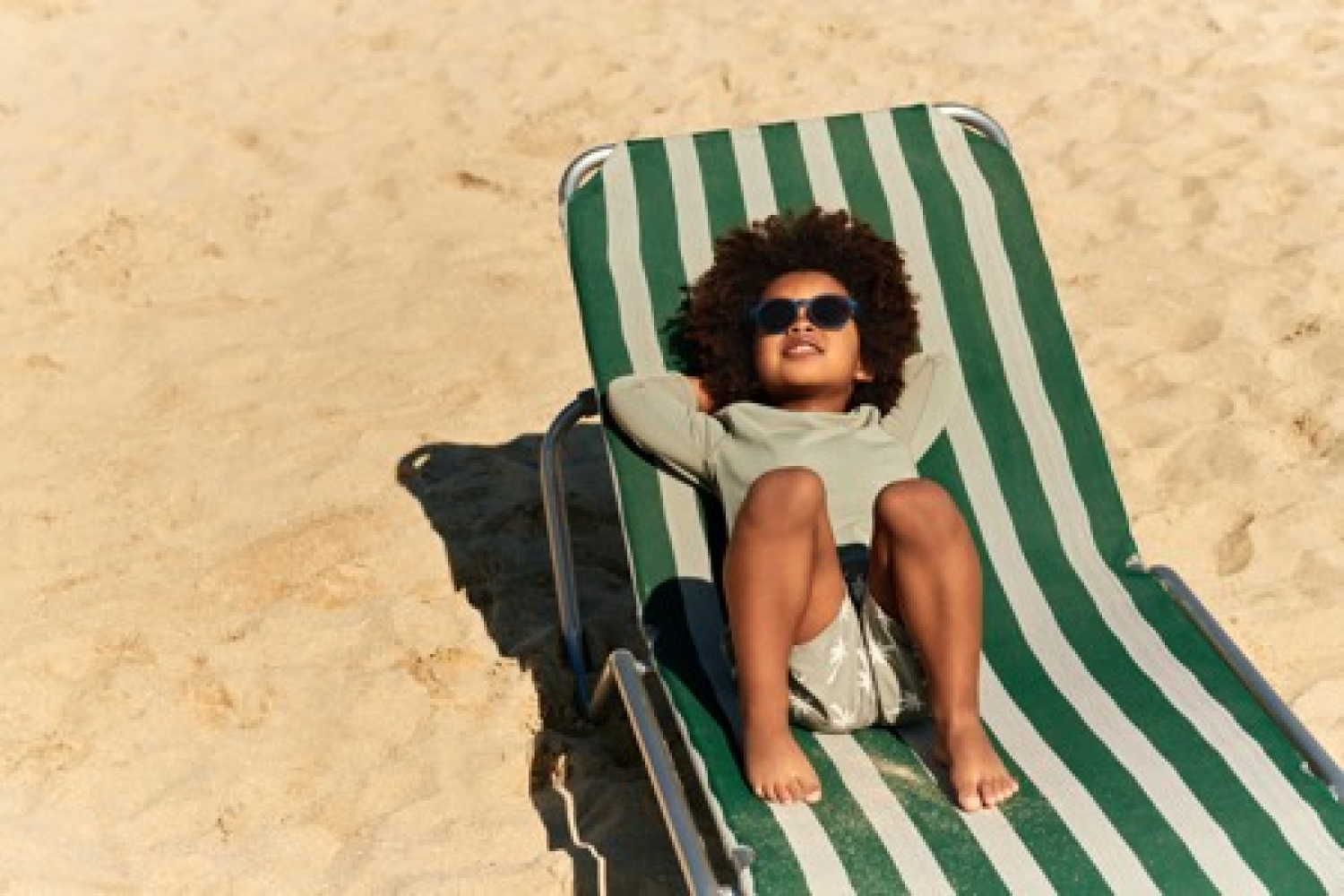
Vietnam’s transport network ranges from chaotic motorbike swarms to scenic sleeper trains. Understanding the pros and cons of each ensures efficient and safe travels.
Motorbikes – Freedom with Risks
Renting a motorbike unlocks remote areas like Ha Giang’s loop, but comes with hazards. Traffic flows unpredictably—helmets are legally required. Danes used to orderly roads should consider guided tours instead of solo rides.
For city travel, apps like Grab (Asia’s Uber) offer affordable, metered rides. Always check the driver’s rating and confirm the route via GPS to prevent scams.
Trains and Buses – Scenic but Slow
Overnight trains (e.g., Hanoi to Da Nang) blend comfort and adventure. Opt for soft sleeper berths—hard sleepers lack padding. Book through official sites like dsvn.vn to avoid counterfeit tickets.
Long-distance buses vary wildly. “Open-tour” buses cater to tourists with English-speaking staff, while local buses are cheaper but confusing for non-Vietnamese speakers.
Taxis and Cyclos – Negotiate Fares Upfront
Metered taxis (e.g., Mai Linh, Vinasun) are reliable, but rogue drivers rig meters. Insist on using the meter or agree on a price beforehand.
Cyclos (pedicabs) are charming but prone to overcharging. A fair price for a 15-minute ride is 50,000–80,000 VND (~15–23 DKK). Politely decline inflated quotes.
Health and Safety Considerations for Danish Visitors in Vietnam
Vietnam’s tropical climate and urban density pose unique health challenges. Proactive measures prevent disruptions to your journey.
Food and Water Safety
Street food is integral to Vietnamese culture, but hygiene varies. Stick to stalls with high turnover (a sign of freshness). Avoid raw herbs and unpeeled fruits unless washed in purified water.
Tap water is unsafe. Drink sealed bottled water or use purification tablets. Even brushing teeth with tap water can cause stomach upset.
Vaccinations and Mosquito-Borne Illnesses
Consult a travel clinic 6–8 weeks pre-trip. Recommended vaccines include hepatitis A, typhoid, and tetanus. Dengue fever is endemic—use DEET repellent and wear long sleeves at dawn/dusk.
Pharmacies abound, but language barriers complicate purchases. Carry a basic kit with anti-diarrheals, rehydration salts, and prescribed medications.
Scams and Petty Crime
Tourist-heavy areas attract pickpockets. Wear cross-body bags with zippers, and avoid flashing valuables. Common scams include “closed hotel” ruses where drivers divert guests to pricier alternatives.
Police rarely speak English. Save the Danish embassy’s contact (+84 24 3823 1888) and local emergency numbers (113 for police, 115 for ambulance).
Currency Exchange, Tipping Etiquette, and Budgeting for a Vietnam Trip as a Dane
Vietnam’s affordability delights Danes, but financial pitfalls lurk without proper planning.
Maximizing Dong Exchange Rates
Airport kiosks offer poor rates. Exchange at gold/jewelry shops in cities—they often beat banks. Large bills (USD/EUR) fetch better rates than DKK.
ATMs dispense VND, but fees add up. Use TP Bank or Vietcombank ATMs—they accept foreign cards without extra charges. Notify your bank of travel dates to prevent card freezes.
Tipping Norms and Bargaining Tactics
Tipping isn’t customary but appreciated in tourism sectors. Round up taxi fares or leave 50,000 VND for hotel porters. In restaurants, 5–10% is generous.
Bargain at markets, but keep it lighthearted. Start at 50% of the asking price and meet midway. Walking away often triggers a lower offer.
Daily Budget Breakdown
- Budget traveler: 600,000 VND (~200 DKK)/day (hostels, street food, buses).
- Mid-range: 1.2 million VND (~400 DKK)/day (hotels, occasional taxis, restaurant meals).
- Luxury: 3+ million VND (~1,000 DKK)/day (resorts, private tours, fine dining).
Must-See Destinations and Experiences in Vietnam for Danish Travelers
Vietnam’s diversity spans misty highlands and turquoise coasts. These highlights cater to Danish tastes for sustainability and adventure.
Ha Long Bay – Kayak Through Karst Peaks
A UNESCO site, Ha Long Bay’s emerald waters are best explored via overnight cruises. Choose eco-friendly operators like Indochina Junk to avoid overcrowded day boats.
For solitude, opt for Lan Ha Bay—nearby but less touristy. Sunrise tai chi sessions on deck are surreal.
Hoi An – Tailored Fashion and Lantern-Lit Nights
This ancient town is a tailoring hub. Danes can order custom suits (2–3 days; ~1.5 million VND) from Yaly Couture. At dusk, floating lanterns illuminate the Thu Bon River—rent a boat for 100,000 VND.
Nearby, An Bang Beach offers cycling routes through rice paddies. Rent bikes for 50,000 VND/day.
Sapa – Trekking with Ethnic Minorities
Sapa’s terraced rice fields rival Nordic fjords in grandeur. Homestays with H’mong families (e.g., Ta Van village) provide cultural immersion. Pack sturdy shoes—trails turn muddy post-rainfall.
Fansipan Peak, Vietnam’s highest, is accessible via cable car. Go early to avoid clouds obscuring views.
Conclusion
Vietnam promises Danish travelers a sensory overload—from the aroma of sizzling banh mi to the cacophony of Hanoi’s Old Quarter. By heeding visa rules, embracing cultural subtleties, and prioritizing safety, Danes can unlock this Southeast Asian gem with confidence. Whether cruising the Mekong Delta or sipping egg coffee in a hidden café, Vietnam’s magic lies in its contrasts. Pack curiosity, patience, and this guide—your adventure awaits.
`


